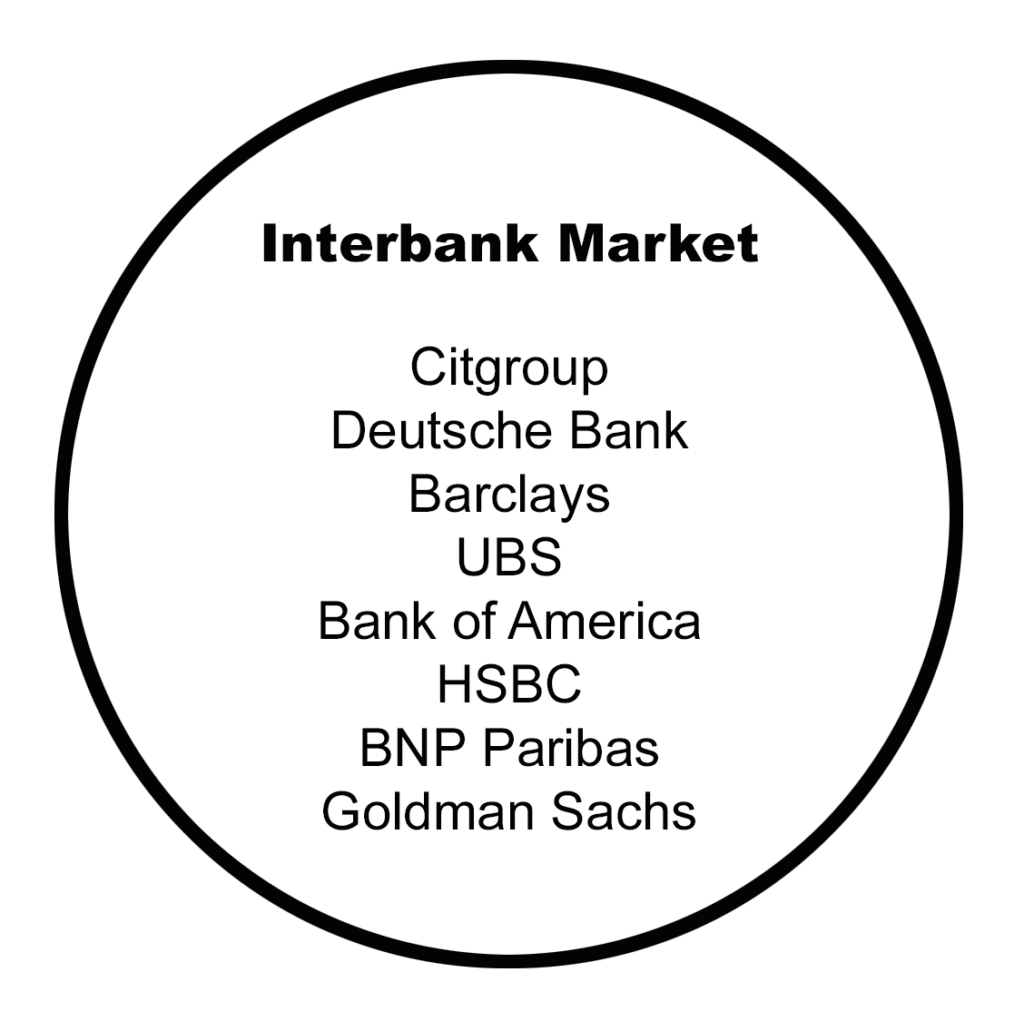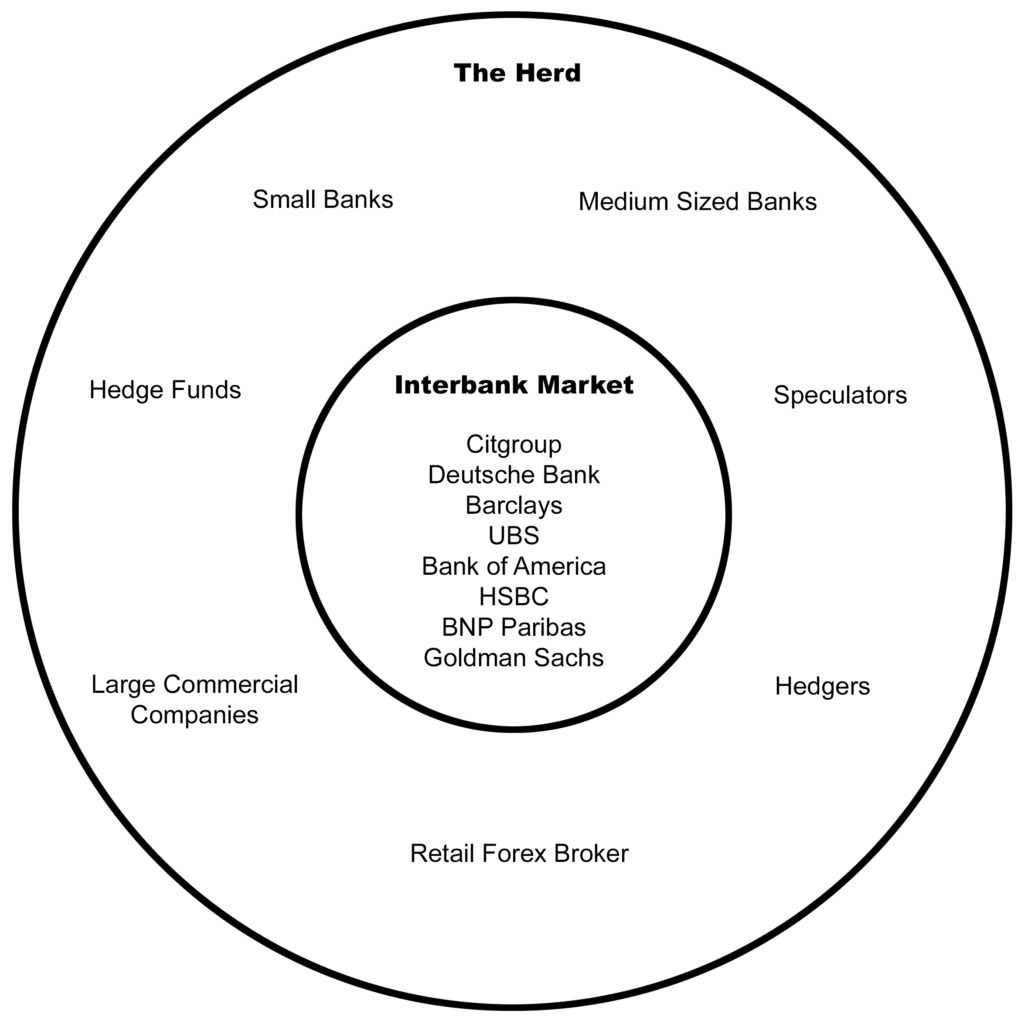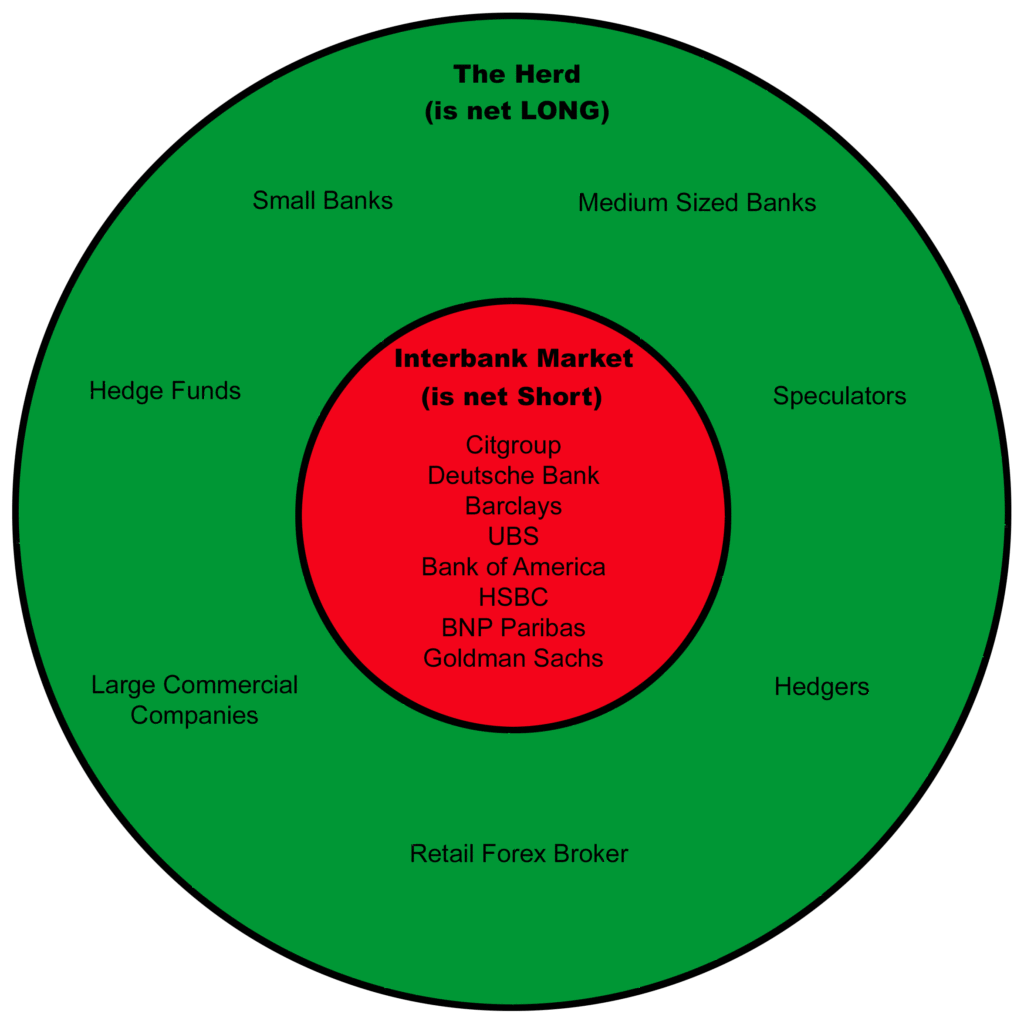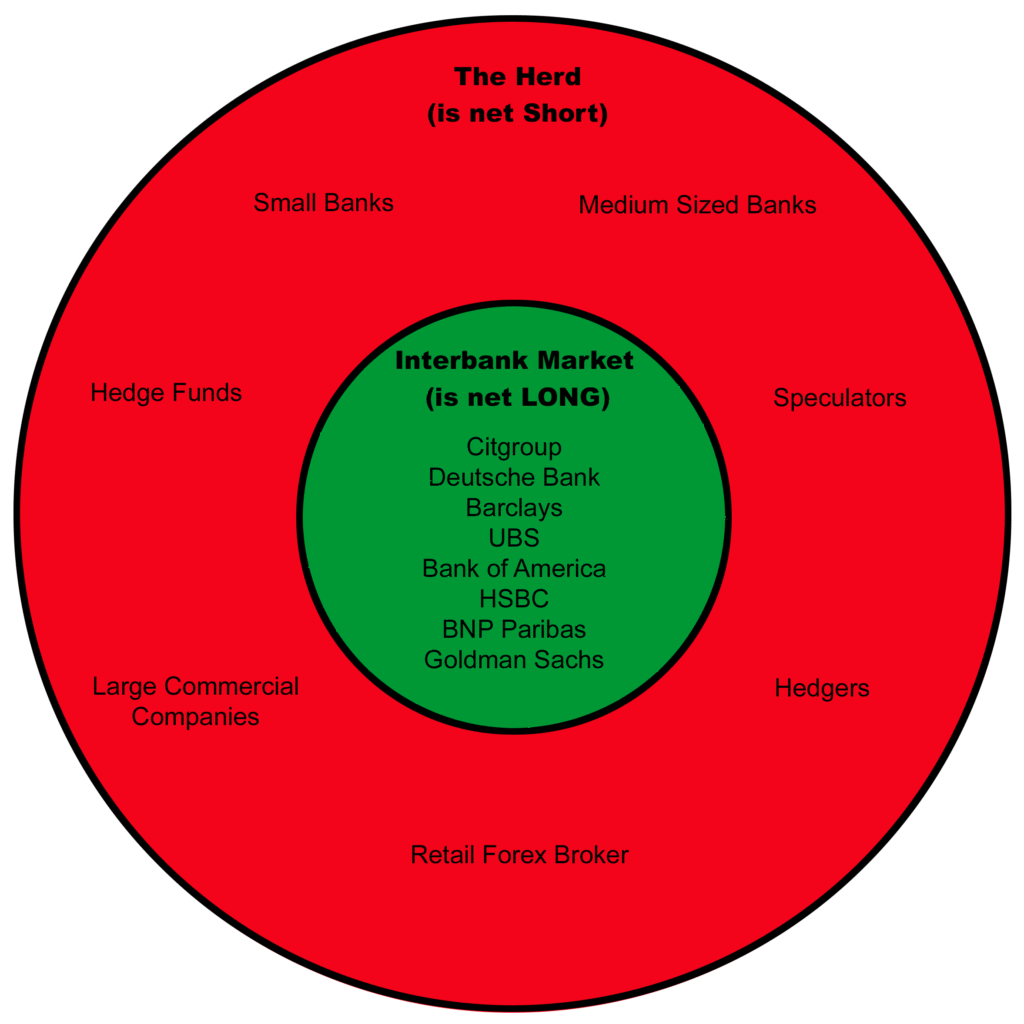Smart Money in Forex Market

What is Smart Money?
The capital that institutional investors, central banks, and other professionals or financial institutions control is referred to as smart money. It is handled by experienced investors who are able to predict market trends and benefit from them. Smart money is a gambling term that refers to gamblers who have comprehensive knowledge of the activity they wager on or have access to insider information that the general public does not.
Smart money is money that is put into the hands of investing specialists who are more knowledgeable, experienced, or both. This money is thought to be invested in the best investment vehicle at the best time, resulting in the best returns.
As a result, smart money is thought to have a better chance of succeeding since institutional investors are thought to have superior investment techniques than ordinary investors. When central banks control smart money, it may move markets with scale and force. The result is a combination of big sums of money and sound strategy, with those who invest riding on the success of smart money.
Key Takeaway:
- The capital that institutional investors, central banks, and other financial institutions or experts control is referred to as smart money.
- The term “smart money” refers to a group of people who have the power to impact markets.
- Smart money is thought to have a better probability of succeeding than retail investors.
We’ll use the FX market as an example to demonstrate how smart money works. Mega banks are the smart money in the FX market. The mega banks are the eight largest banks in the FX market, accounting for more than 70% of daily turnover. They are the driving factors for the herd’s dominance.
THE INTERBANK MARKET
Following WWII, the Bretton Woods Agreement anchored each currency’s exchange rate to gold. Because the economies of different countries began to grow at different rates, this agreement was terminated in 1971. The new approach for determining exchange rates, which is still in use today, is based on supply and demand.
With the rise of the internet in the 1990s, major banks and a few smaller banks began to create the interbank market. Interbank market participants can trade electronically with one another. Citigroup, Deutsche Bank, Barclays, UBS, Bank of America, HSBC, BNP Paribas, and Goldman Sachs are the largest participants in the interbank market.

The participants of the interbank market are using two trading networks:
– Electronic Brokering Services (EBS)
– Reuters Dealing 3000-Spot Matching
The interbank market’s main goal is to give a BID and ASK price for each currency at all time so that it can be sold or bought.
This is a crucial factor to remember:
The largest banks play the role of MARKET MAKERS. In the end, even if no one else wants to buy or sell a currency, the banks are required to quote a price for it.
Next, we’ll look at why this is such an important topic.
THE HERD
There are, of course, additional market participants in addition to the members of the interbank market. Small to medium-sized banks, hedge funds, insurance firms, pension funds, major commercial companies, speculators, retail forex brokers, retail traders, and other financial institutions are among them. They do the majority of their trading outside of the interbank market.
Trading networks such as Currenex, HotspotFXi, Integral, FXall, and LavaFX are used by these market participants. These “outer” networks trade around the interbank market’s price quotes, usually at slightly lower prices than the interbank market. The so-called “herd” is made up of these individuals.

ABSORBING THE IMBALANCE OF THE HERD
The herd trades on the outer trading networks, as I stated earlier (e.g. Currenex). There are always buyers and sellers in any market. The outer networks aim to match all of the herd’s buy orders with all of the herd’s sell orders.
However, this is not always the case! On the outside networks, the volume of buy and sell orders is usually out of balance. However, each order, like every other financial market, requires a counterparty to be executed. The interbank market is used to solve this problem:
If the outer networks are out of balance, they must buy or sell the difference (between buy and sell orders) on the interbank market to restore equilibrium.
As previously stated, big banks are required to submit a price for each currency in the final instance. As a result, the interbank market serves as a source of liquidity for the herd! The interbank market must be the inverse of the herd’s imbalance. It is the interbank market’s role to act as a market maker. Please keep in mind that the top eight banks control more than 70% of the daily volume in the currency market.
The interbank market is net short if the herd is net long, as shown by the colors in the accompanying diagram:

If the herd is net short then the interbank market is net long:


Richard Dawson is an experienced market analyst and financial writer with nearly a decade of expertise in Forex, Crypto, and Gold trading. He specializes in VPS technologies, broker research, and copy trading systems. At SureShotFX, Richard writes blogs, educational guides, and research content that help traders make confident decisions.
